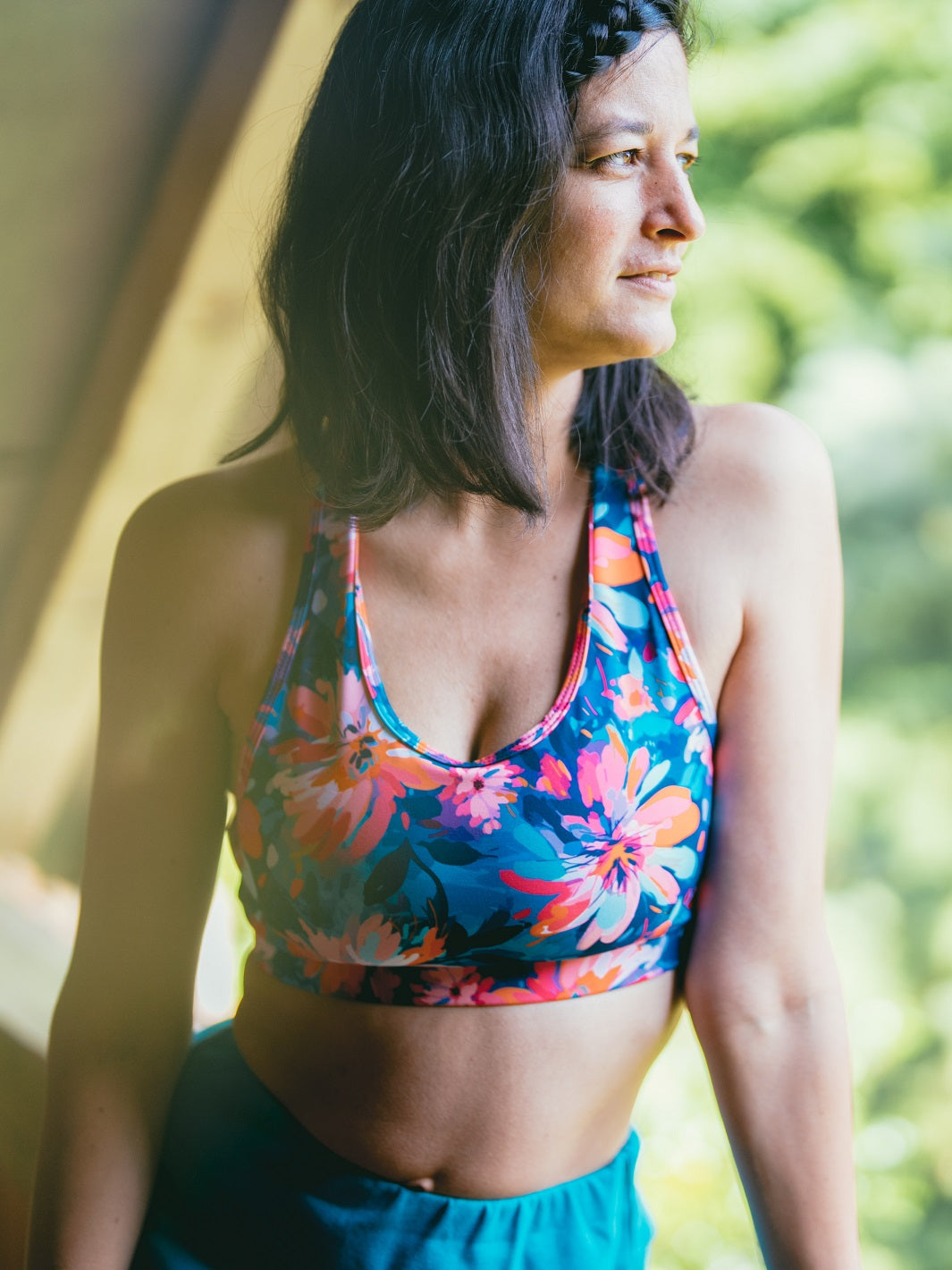ompared to the very low prices charged by supermarkets and fast fashion, the price at which eco-responsible clothing is sold can discourage more than one person from changing their consumption habits.
How can we afford eco-designed clothing made in France when there are still a bunch of bills to pay before the end of the month, we don't have an infinitely expandable clothing budget and we are in demand by pretty clothes everywhere?

For us it's very simple, this purchase is part of a broader process.
To reduce your impact on the environment, the best thing is to buy nothing at all.
But from time to time we have clothing needs to satisfy because we have no hair, scales or feathers (too bad!).
Buying responsibly means consuming what you really need.
The idea is not to continue buying at the same pace as before, but in eco-responsible mode (hello budget!!) but to REDUCE the size by being even more conscious of your purchases.
Do we really need 5 leggings? Or wouldn’t just one good quality and durable one be enough?
We can also favor second hand, the advantage of which is to benefit from lower prices than new.
Buying less, buying second-hand, already allows you to make big savings.
And when you want something new, there's still a little budget left to make a purchase that really makes sense, like that of yoga clothing that was made entirely in France (except for the threads) from recycled materials, and whose carbon footprint is more than 50% lower than similar clothing made in Asia.
At Géopélie, we have pushed the ethics and eco-design cursor to the maximum, to offer Yoginis a de-impacted and serene practice.
What we can promise you is that no child, underpaid woman or slave has placed their hands on our clothes and that we have not plundered the planet's resources to create our clothes.
To learn more about the subject and better understand our prices:
Why are our clothes sold at this price?
Fabrics made from recycled materials cost more because collecting, sorting and then converting waste into new fibers is a slow, expert and expensive process.
Manufacturing made in France also has a significant cost. The salary of a seamstress in Bangladesh is up to ten times lower than that of a seamstress in France. The Portuguese minimum wage is half the French minimum wage.
However, we do not sell our clothes for 2 to 10 times more!
In France, we are incredibly lucky to have minimum wages, social protection, and a universal health system.
All those involved in the manufacturing of our clothing are paid according to French standards.
The more of us that support made in France and recycled materials, the more accessible they will be to everyone!

Why did we decide to have it manufactured in France?
We have devoted an entire article to the many advantages of French manufacturing. Reducing the distance between manufacturing and the consumer, preserving know-how, getting the economy going, all that matters a lot to us.
What is the geography of our manufacturing stages?
Discover in this article a precise map of all the stages of manufacturing our clothes. That's what taking the opposite approach to greenwashing is: explaining to you in a transparent way where our clothes come from.
Our eco-design approach
For those who don't have a lot of time, this infographic summarizes our entire ecodesign philosophy. And for those who have a little more, this article details all the facets of our ecodesign approach.






Leave a comment